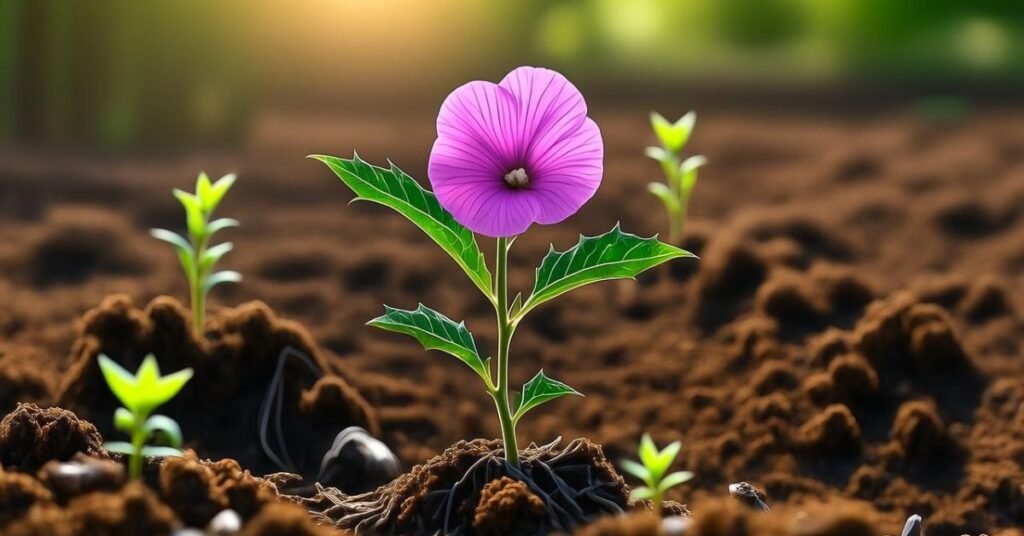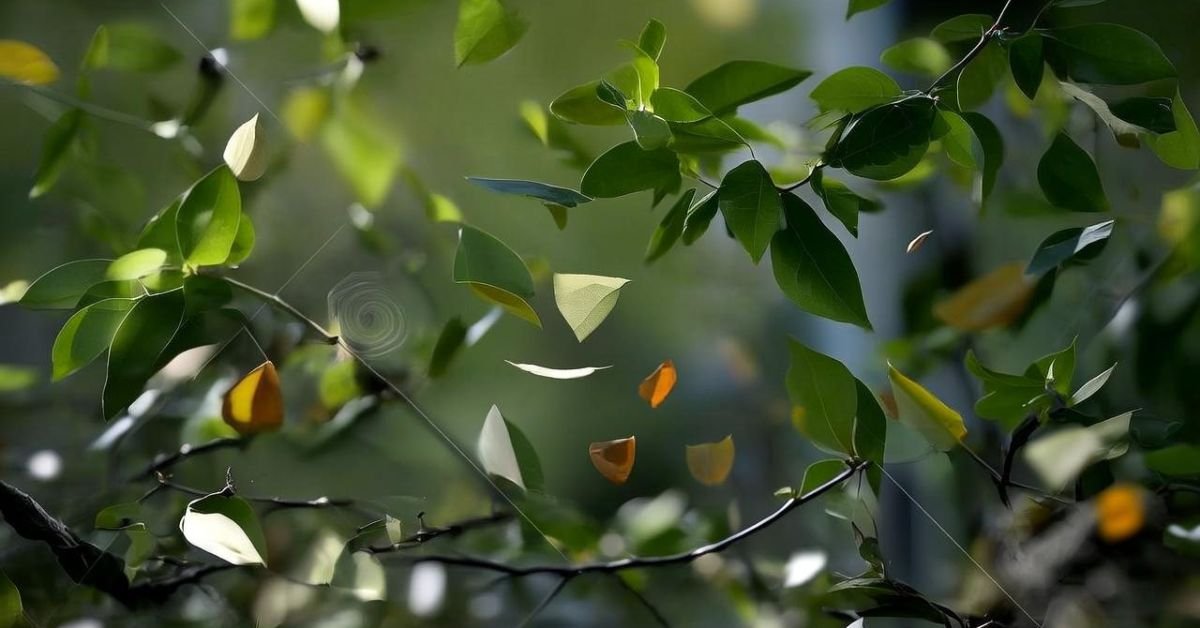Introduction
Plant shedding is a natural process where plants drop their leaves, flowers, or fruits. It helps them conserve energy and focus on healthy growth. Shedding can happen due to seasonal changes, aging leaves, or environmental stress. It is a normal part of a plant’s life cycle and often signals that the plant is adjusting to its surroundings.
Many gardeners face this and wonder if their plant is dying. In most cases, shedding is a plant’s way of protecting itself. Understanding why this happens can help you respond better. By observing your plant closely, you can learn what it needs and keep it thriving.
Managing plant shedding naturally is easier than it seems. Start by providing proper sunlight, regular watering, and nutrient rich soil. Avoid overwatering, as it is a common cause of leaf loss. Trimming dead leaves and keeping pests away also helps. With the right care, your plants can recover and grow lush again.
Why Is My Plant Dropping Leaves
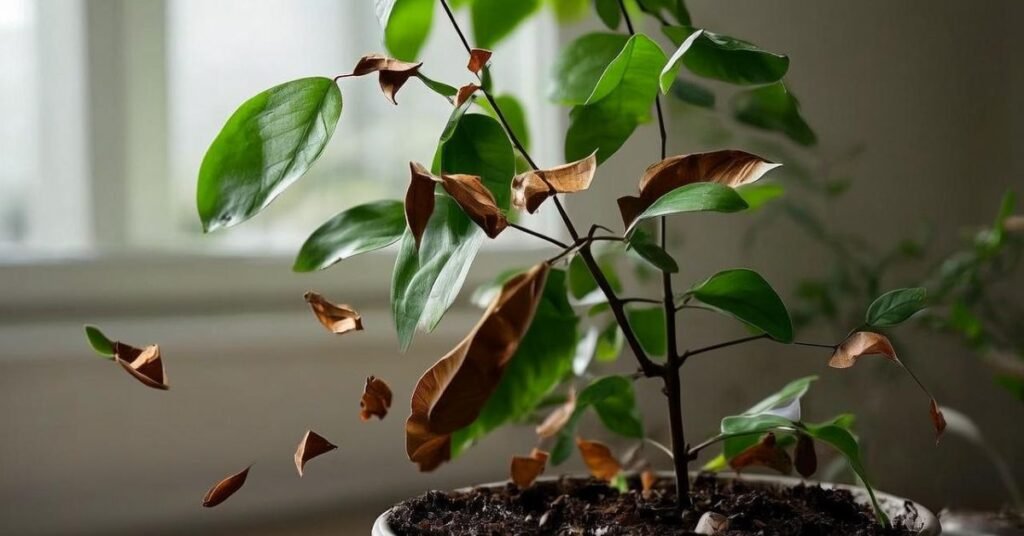
Plants drop leaves for many reasons. It can be a natural part of their growth cycle. Seasonal changes, such as winter or dry periods, often trigger shedding. Environmental stress like overwatering, underwatering, or sudden temperature changes also leads to leaf drop. Sometimes, poor light or a lack of nutrients can make plants weak and lose leaves.
Do not panic if your plant starts dropping leaves. It is often a sign that your plant is trying to adapt. Check the soil, light, and watering routine. Remove any dead leaves and give your plant proper care. With patience and the right adjustments, most plants recover and start growing healthy leaves again.
Adaptations
Plants have amazing adaptations to survive in different environments. Some grow thick leaves to store water. Others develop deep roots to find moisture underground. Certain plants drop leaves to save energy during stress. Many adapt by changing their growth with the seasons. These natural adjustments help plants stay healthy and thrive even in tough conditions.
Its Pot Is Too Small
A plant can suffer if its pot is too small. Roots need space to grow and spread. When the pot is tight, roots become crowded and tangled. This can stop the plant from absorbing enough water and nutrients. There is a possibility that leaves will turn yellow or fall off. Repotting into a bigger container helps the plant breathe, grow, and stay healthy.
Improper Watering
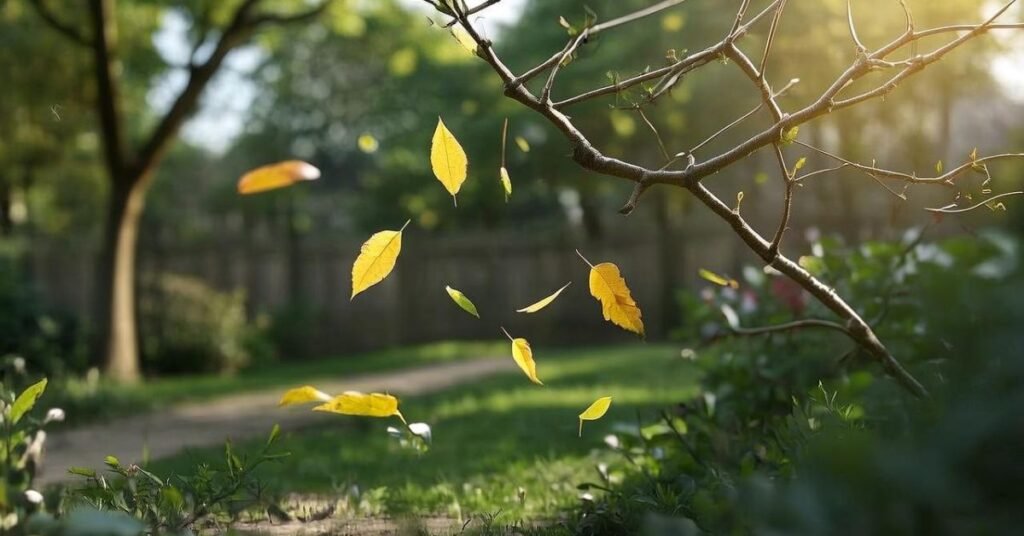
Improper watering is a common reason plants struggle. Too much water can cause root rot. It is too little water that causes the leaves to dry and fall. Every plant has its own watering needs. Check the soil before watering to avoid mistakes. Keeping a balanced routine helps your plant stay strong and healthy.
Improper Nutrition
Improper nutrition can make plants weak and dull. Without the right nutrients, leaves may turn yellow or drop early. Too much fertilizer can also harm the roots. Each plant needs a balanced mix of nitrogen, phosphorus, and potassium. Feeding your plant the right way helps it grow healthy and vibrant.
Insect Pest
Insect pests can quickly damage healthy plants. The sap of the leaves is sucked by tiny bugs that weaken them. Some pests chew holes or cause spots on the foliage. Infested plants may start shedding leaves or stop growing well. Regularly checking your plant and using natural pest control can protect it. Plants that are healthy are less likely to be attacked by pests.
Plant Diseases
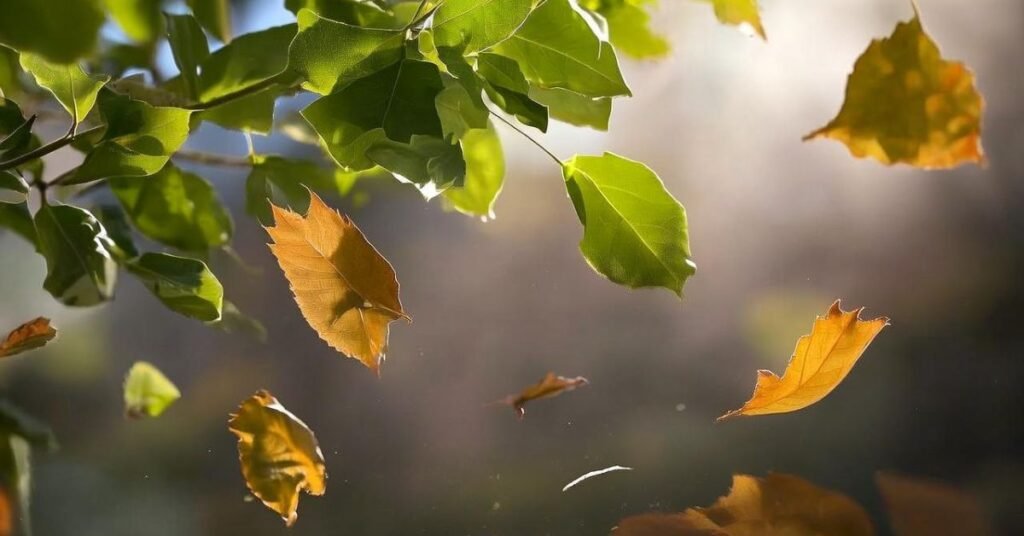
Plant diseases can harm growth and cause leaf drop. Fungal infections create spots or mold. Bacterial diseases can make stems weak and leaves yellow. Viral infections slow growth and affect flowers or fruits. Early detection and proper care help plants recover. Keeping plants clean and healthy prevents most diseases.
Here’s a simple table for better understanding:
| Plant Disease | Signs | Solution |
| Fungal Infection | Leaf spots, mold, wilting | Remove infected leaves, use fungicide |
| Bacterial Disease | Yellow leaves, soft stems | Improve drainage, prune affected areas |
| Viral Infection | Stunted growth, poor flowering | Remove infected parts, isolate plant |
Environmental Regulation of Vegetative Growth
Environmental factors strongly affect vegetative growth. Light, temperature, and water play a big role in how plants grow. Too little sunlight can slow leaf and stem development. Extreme heat or cold can stress the plant and cause leaf drop. Proper watering and humidity help plants stay active and healthy. When the environment is balanced, plants grow faster, greener, and stronger.
Other Indoor Plant Care Guide
Caring for indoor plants needs attention to small details. Simple steps can keep them green and happy. Focus on light, water, and cleanliness. Healthy habits prevent problems and support steady growth.
- Place plants where they get enough indirect sunlight.
- Rotate pots to ensure even growth on all sides.
- Keep leaves clean and dust free for better photosynthesis.
- Avoid sudden changes in temperature or humidity.
- Use proper pots with drainage holes to prevent waterlogging.
- Check for pests regularly and act quickly if needed.
- Fertilize lightly during the growing season for extra nutrients.
Tips for Plant Shedding
Taking care of plant shedding is simple with the right steps. A few small changes can keep your plants healthy and reduce leaf drop.
- Provide enough sunlight according to the plant’s needs.
- Water regularly but avoid overwatering or letting soil stay soggy.
- Use nutrient rich soil and feed with balanced fertilizer.
- Prune dead or yellowing leaves to promote new growth.
- Keep plants in stable temperatures and avoid sudden changes.
- Check regularly for pests or diseases and treat quickly.
- Repot plants when roots outgrow their container
Conclusion
Plant shedding is a natural part of a plant’s life cycle. It helps plants remove old or weak leaves and focus on new growth. Understanding the reasons behind plant shedding makes care easier. Proper light, water, and nutrition can reduce unnecessary leaf drop. With patience and attention, your plants will stay healthy and continue to thrive.
FAQs About Plant Shedding
1. Why is my plant shedding leaves?
Plant shedding happens due to natural aging, seasonal changes, stress, or improper care.
2. How can I stop my plant from shedding too many leaves?
Provide proper light, water, and nutrients while avoiding sudden environmental changes.
3. Is plant shedding always a bad sign?
No, it is often a natural process, but excessive shedding can indicate stress or poor care.
4. Can repotting help with plant shedding?
Yes, if the plant is root-bound, moving it to a larger pot can reduce shedding and boost growth.
5. How often should I check my plant for problems?
Check weekly for pests, dry soil, or yellow leaves to prevent shedding issues early.

